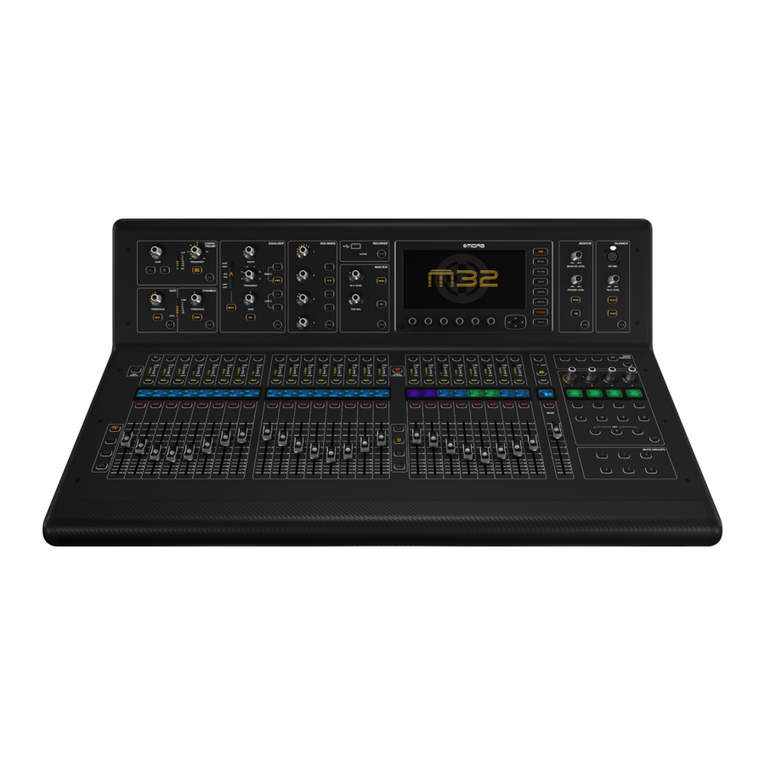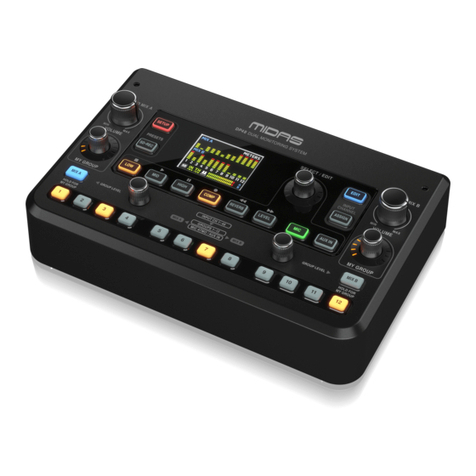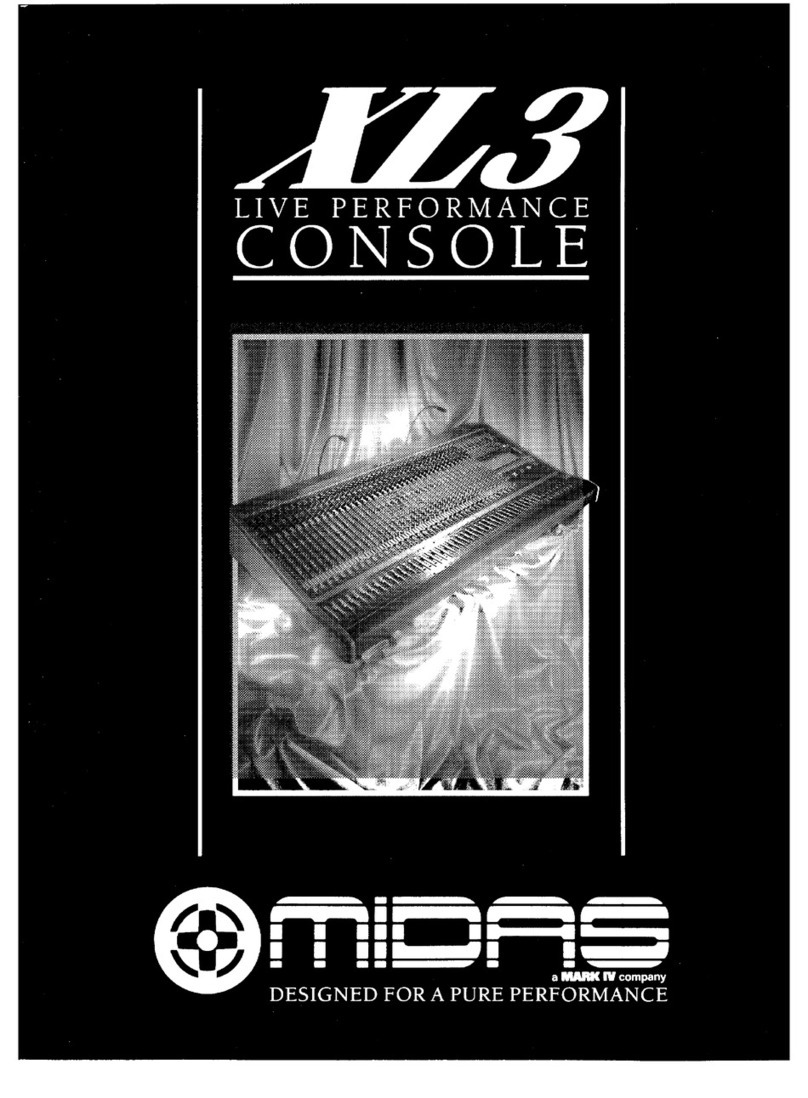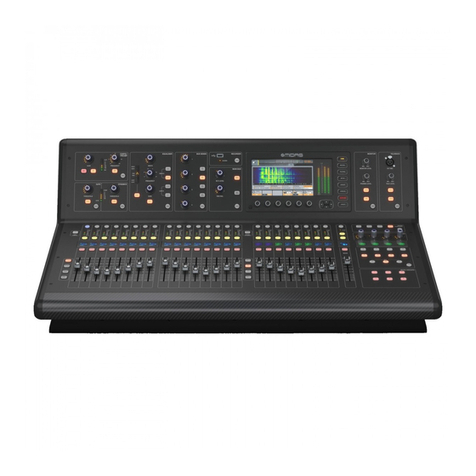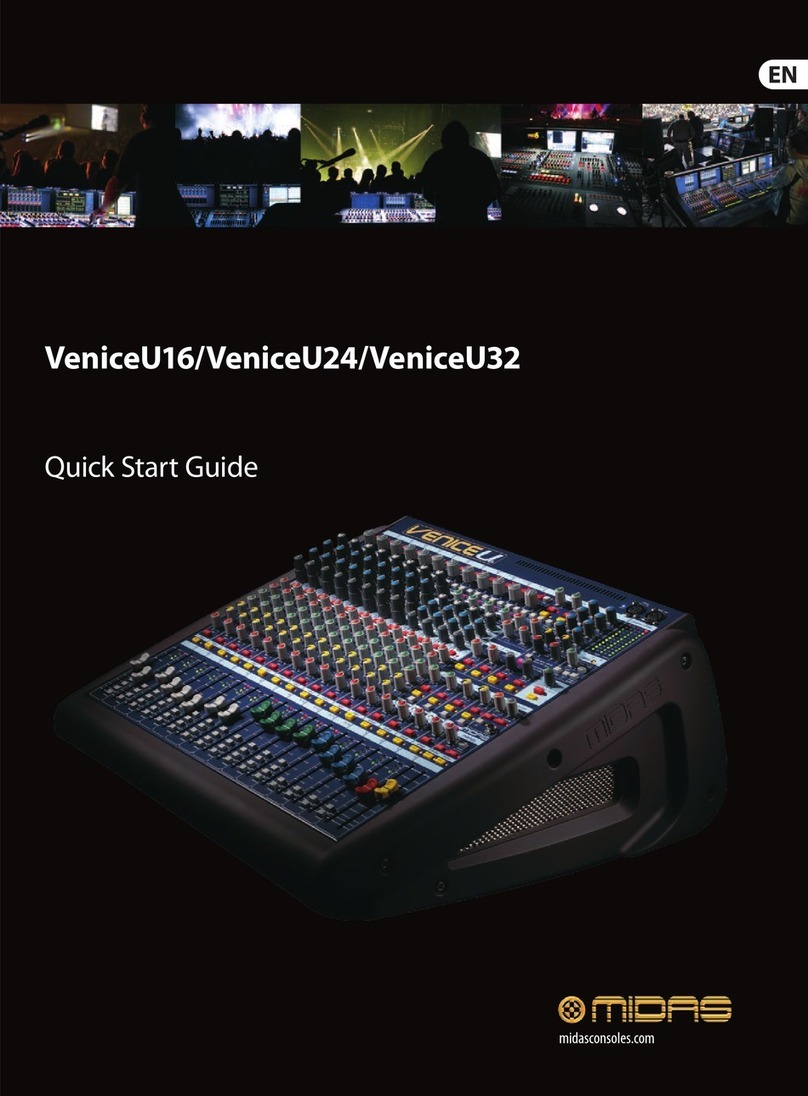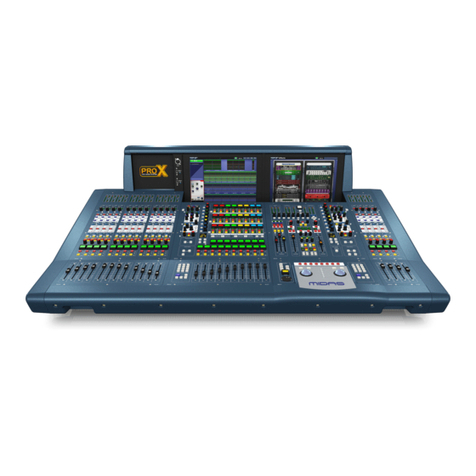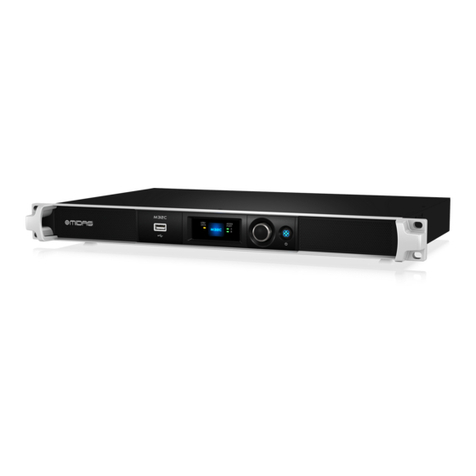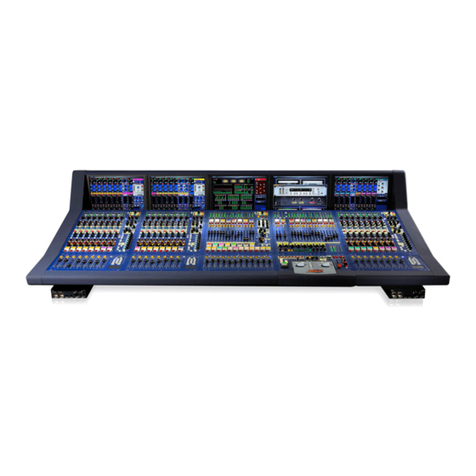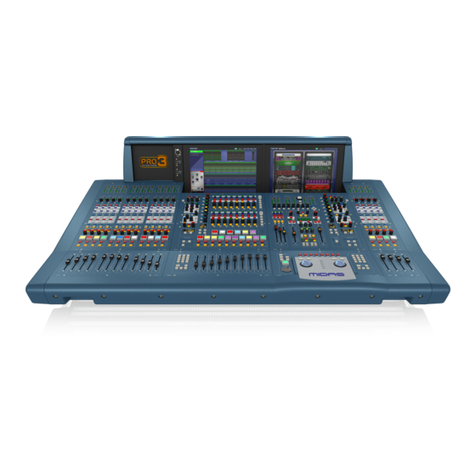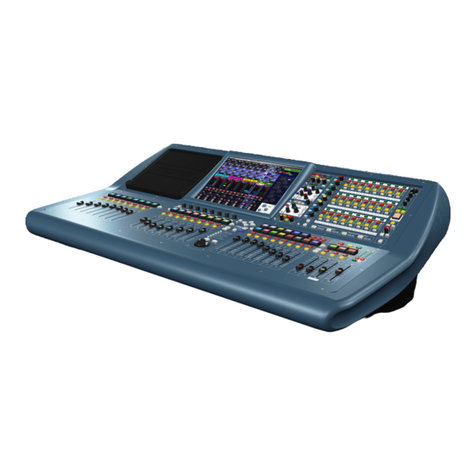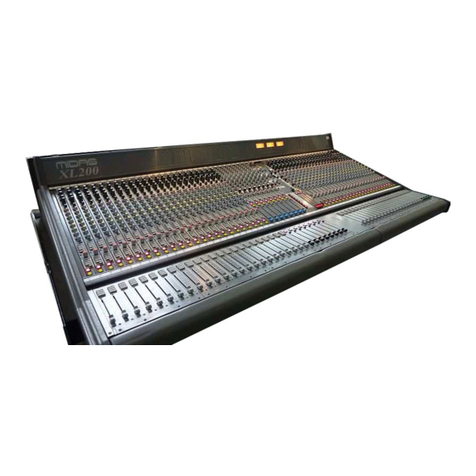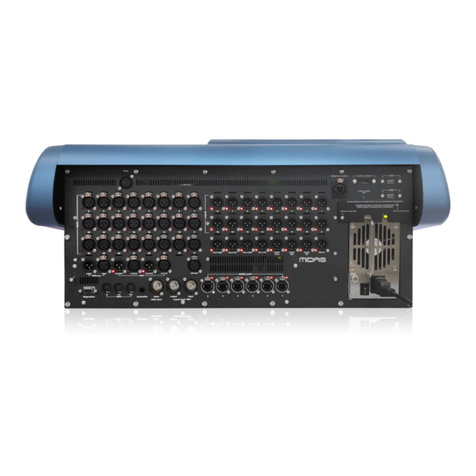IEC-60065-Edn7-Midas
IMPORTANT SAFETY INSTRUCTIONS
These symbols are internationally accepted symbols that warn of potential hazards with
electricalproducts.
The lightning flash with arrowhead symbol, within an equilateral
triangle is intended to alert the user to the presence of uninsulated
“dangerous voltage” within the product's enclosure that may be of
sufficientmagnitudetoconstituteariskofelectricshocktopersons.
1. Readtheseinstructions.
2. Keeptheseinstructions.
3. Heedallwarnings.
4. Followallinstructions.
5. Donotusethisapparatusnearwater.
6. Cleanonlywithadrycloth.
7. Do not block any of the ventilation openings. Install in accordance with the manufacturers
instructions.
8. Do not install near any heat sources such as radiators, heat registers, stoves, or other apparatus
(includingamplifiers)thatproduceheat.
9. Donotdefeatthesafetypurposeofthepolarizedorgrounding-typeplug. Apolarizedplughastwo
blades with one wider than the other. A grounding type plug has two blades and a third grounding
prong.Thewide blade orthethirdprongare providedforyoursafety. Ifthe providedplugdoesnot
fitintoyouroutlet,consultanelectricianforreplacementoftheobsoleteoutlet.
10. Protect the power cord from being walked on or pinched particularly at plugs, convenience
receptacles,andthepointwheretheyexitfromtheapparatus.
11.Onlyuseattachments/accessoriesspecifiedbythemanufacturer.
12. Use only with the cart, stand, tripod, bracket, or table specified by the manufacturer,
or sold with the apparatus. When a cart is used, use caution when moving the
cart/apparatus combination to avoid injury from tip-over.
13. Unplugthisapparatusduringlightningstormsorwhenunusedforlongperiodsoftime.
14. Refer all servicing to qualified personnel. Servicing is required when the apparatus is damaged in
any way, such as power-supply cord or plug is damaged, liquid has been spilled or objects have
fallen into the apparatus, the apparatus has been exposed to rain or moisture, does not operate
CAUTION
RISK OF ELECTRIC SHOCK
DO NOT OPEN
WARNING:TO REDUCE THE RISK OF FIRE OR ELECTRIC SHOCK,
DO NOT EXPOSE THIS APPLIANCE TO RAIN OR MOISTURE
AVIS:RISQUE DE CHOC ELECTRIQUE. NE PAS OUVRIR
Theexclamation pointwithinanequilateraltriangleisintendedtoalert
the user to the presence of important operating and maintenance
(servicing)instructionsintheliteratureaccompanyingtheappliance.
